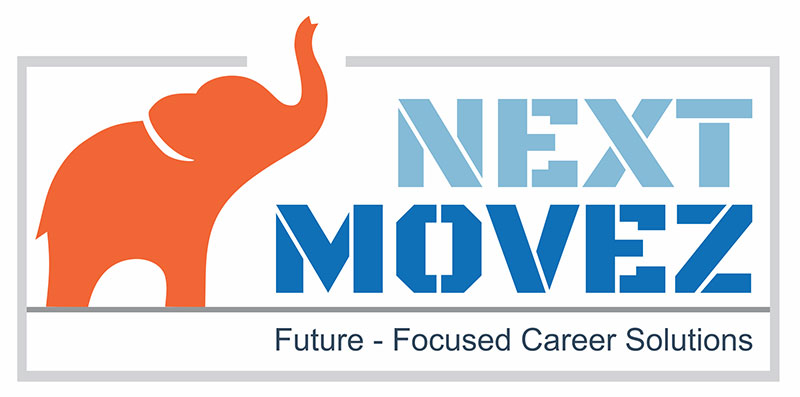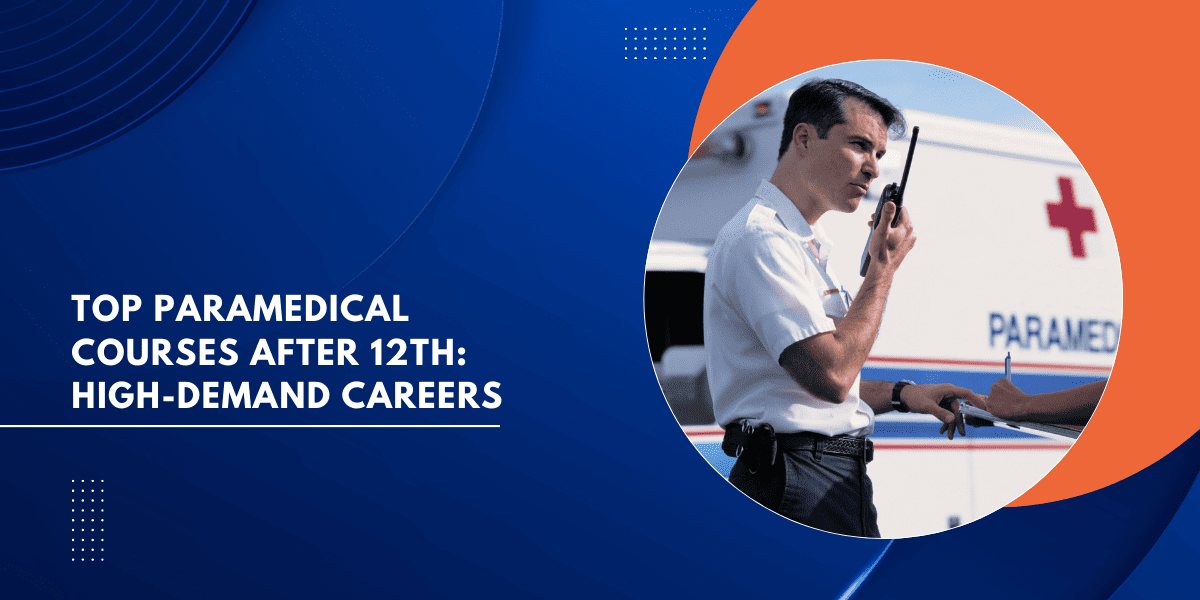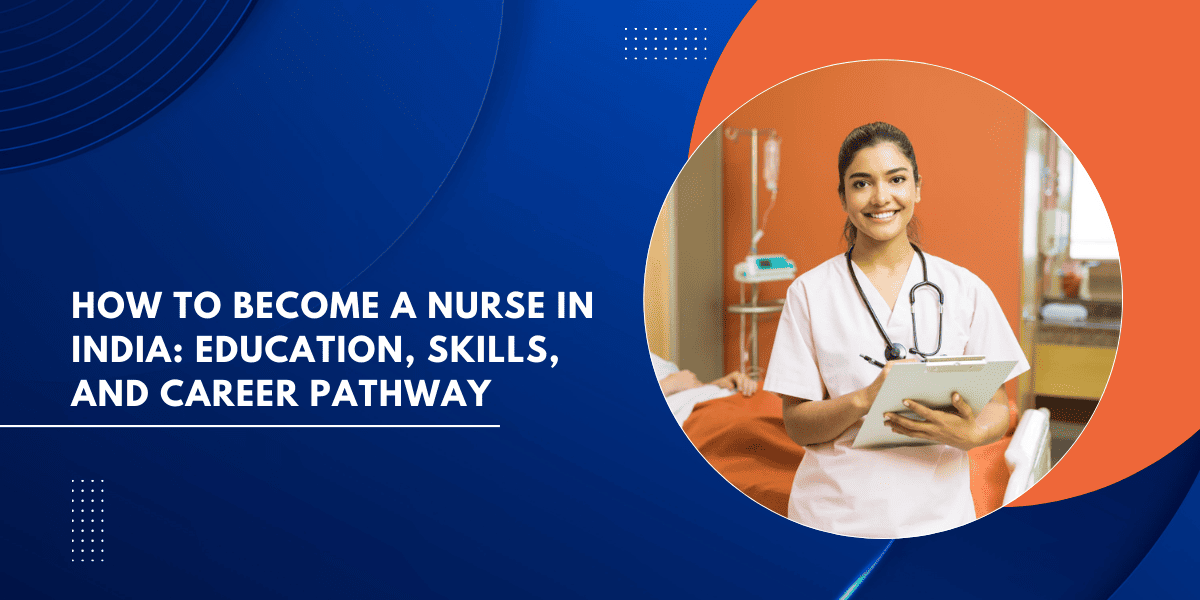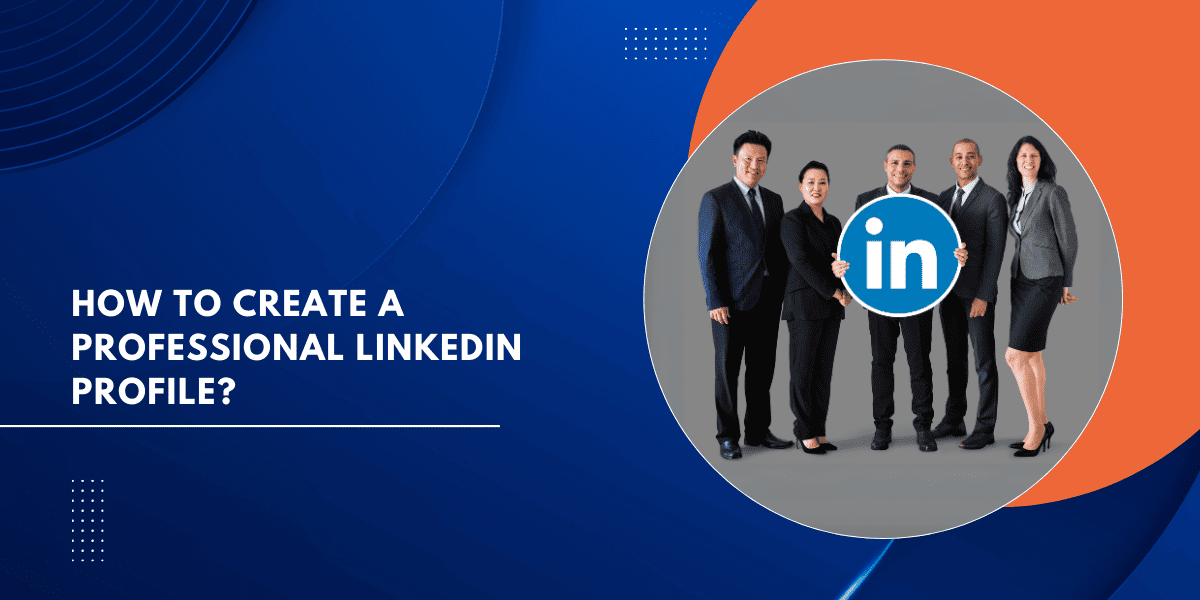Blog written by Preethi Durga, a career strategist and education innovator.
Introduction: Why This Career Matters Today?
If your child is passionate about biology but doesn’t want to take the NEET route, let me tell you — paramedical careers are the hidden gems of the healthcare world. And now, they’re not just alternatives to becoming a doctor — they’re fast-emerging as mainstream, high-growth professions in India and abroad.
Here’s why this matters now more than ever:
According to the World Health Organization, the global healthcare industry is expected to face a shortage of over 18 million medical support professionals by 2030, especially in roles like radiologists, lab technicians, and emergency care providers.
In India alone, the paramedical sector is projected to grow at over 16% CAGR (Allied Market Research), driven by private hospital expansion, diagnostic chains, and a post-pandemic emphasis on public health infrastructure.
And globally? Countries like Canada, the UK, Australia, and Germany are actively recruiting trained allied healthcare workers — often with fast-track visas and competitive pay.
What does this mean for your child?
It means they can build a future-proof career, start earning within 2–3 years after 12th, and find meaningful, respected work — all while contributing directly to people’s health and well-being.
In this blog, I’ll walk you through the top paramedical careers after 12th, how to enter them, where they’re growing, and the skills your child needs to thrive. Let’s decode what makes this field so powerful — and why now is the perfect time to explore it.
Global Trends Affecting This Career
In every counselling session, I meet students who love biology but don’t want to go through the long, uncertain journey of becoming a doctor. And to them, I say — “You don’t have to wear a white coat to make a real difference in healthcare.” Paramedical careers are no longer back-end roles. Globally, these professionals are now frontline heroes, working in diagnostics, emergency response, medical imaging, and rehabilitation. And the demand is skyrocketing.
Here are 3 global trends shaping this career path:
- A Growing Skills Gap in Allied Health Professions
According to FICCI Health Services Report, 2022, in India alone, the doctor-to-patient ratio has improved, but the lab technician-to-patient ratio and radiographer availability remain critically low in rural and Tier-2 regions.
Takeaway: Students choosing paramedical paths aren’t playing second fiddle—they’re filling the core competency gap that modern healthcare systems urgently need to function efficiently.
- Shift Towards Preventive and Diagnostic Healthcare
According to the American Clinical Laboratory Association, over 70% of medical decisions today are based on lab diagnostics (), and imaging demand has grown by 50% in the last decade. From COVID-19 to cancer screenings, paramedical professionals are essential to early detection and treatment.
Takeaway: Careers in radiology, medical lab tech, and pathology are not “assistive” — they are core to modern, proactive healthcare.
- Rise in Ageing Populations and Chronic Illnesses
According to the UN, by 2050, 1 in 6 people globally will be over 65. With this comes a massive rise in long-term care needs, rehab support, and therapeutic services.
Takeaway: Careers in physiotherapy, occupational therapy, and rehabilitation sciences are set to grow exponentially, both in India and abroad.
In short: Paramedical careers are no longer in the background — they’re driving the future of healthcare. And students who choose this path now aren’t just getting a job, they’re stepping into a purpose-led profession that the world desperately needs.
How New-Age Tools and Trends Are Transforming This Career Path?
In today’s fast-paced world, every career is being shaped by new-age technology and changing industry needs—and that’s exciting! Whether you’re aiming to be a future healthcare expert, environmental scientist, or part of the booming biotech scene, it’s important to understand how innovation is rewriting the rulebook. Here’s a look at the trends and tools that are redefining the future—and how you can prepare for them right now.
AI & Automation Are Reshaping Job Roles
From diagnostic imaging to research simulations, Artificial Intelligence is taking over routine tasks—so professionals can focus more on complex, creative thinking.
Example: Radiologists today don’t just rely on their eyes—they use AI-powered tools like Google’s DeepMind or Aidoc to scan medical images (like X-rays, MRIs, and CT scans) for early signs of diseases such as tumors, strokes, or fractures. These tools can highlight suspicious areas in seconds, helping doctors make quicker and more accurate decisions, especially in emergency cases.
For instance, during a stroke, every second counts. AI can flag brain hemorrhages instantly—sometimes even before a radiologist begins review—making it a life-saving innovation.
Tip for Students: Start learning basics of AI tools like ChatGPT, IBM Watson, or even data visualization with Excel and Tableau. These tools will be must-haves in your skill kit.
Digital Health & Telemedicine Are the New Norm
Healthcare and life sciences careers are going hybrid—with digital consultations, wearable health tech, and virtual labs becoming mainstream.
Example: Physiotherapists are now using motion-capture apps and video analysis tools to assess posture, joint mobility, and exercise form—all through virtual consultations. Platforms like Phzio or PhysiApp let patients perform exercises at home while the app tracks their movement in real-time and shares progress with the therapist. This is especially helpful for elderly patients or those in remote areas who can’t travel frequently.
Similarly, nutritionists have gone digital, using apps like MyFitnessPal, HealthifyMe, or even personalized video consultations to track dietary habits, create custom meal plans, and offer real-time coaching. Some even use AI-driven tools that analyze your eating patterns to suggest healthier choices.
Tip for Students: Get familiar with digital platforms like Practo, HealthifyMe, or virtual lab simulations like Labster. Experience matters—even if it’s virtual!
Sustainability Is Driving Innovation
Green careers and sustainability-focused roles are rapidly growing across all industries—from biotech to agriculture.
Example: Biotech startups are at the forefront of solving environmental challenges—by literally growing solutions in the lab. One major breakthrough is lab-grown (cultured) meat, where real animal cells are grown in bioreactors to produce meat without slaughtering animals. Companies like Memphis Meats and GOOD Meat are pioneering this space, offering a sustainable alternative that reduces greenhouse gas emissions and land use dramatically.
On the other hand, plant-based medicines are being developed to replace chemical-heavy drugs. For instance, startups are using biotechnology to extract powerful compounds from herbs or engineer microbes to produce life-saving drugs like insulin or even cancer therapies more affordably and with less waste.
Tip for Students: If you’re into biology or chemistry, consider taking up short courses on climate science or green biotechnology. It adds value to your future CV.
Cross-Disciplinary Skills Are in High Demand
Jobs now need a blend of science, tech, and communication. Being good at just one thing isn’t enough anymore.
Example: In today’s world, careers are no longer limited to just one domain—biomedical engineers, for instance, are teaming up with software developers and AI experts to create smart prosthetics that mimic real limb movement. These advanced prosthetics can respond to brain signals, adjust grip based on object weight, and even provide sensory feedback. Companies like Open Bionics are leading this innovation, blending robotics, coding, and human anatomy to create affordable, superhero-inspired bionic arms.
Meanwhile, science communicators play a crucial role in bridging the gap between research and the public. Instead of letting complex studies sit unread in journals, they simplify the findings through engaging videos, blogs, and social media posts. Think of science YouTubers, infographic designers, or even healthcare influencers explaining vaccines or climate change in easy terms.
Tip for Students: Join clubs or projects that let you wear multiple hats—coding, writing, presenting, etc. It builds confidence and future-readiness.

Job Demand & Hiring Trends
Will this career still exist when my child graduates?”
“What kind of jobs can I actually get after choosing this path?”
“Is it worth the investment of time and effort?”
These are natural, and very important, questions that come up for many students feeling unsure and parents wanting to secure their child’s future. With rapid changes in industries due to AI, automation, and global shifts, it’s essential to choose a path that is not just passion-driven but future-proof.
Let’s explore what the current job market looks like, which roles are on the rise, and what hiring managers are actively looking for—so you can make a decision backed by real trends and not just guesswork.
Consistent Demand Across Core and Emerging Roles
While some jobs are fading due to automation, careers rooted in science, healthcare, data, and sustainability continue to grow. Fields like biomedical science, digital marketing, green tech, AI-based healthcare, and financial analysis are not just surviving—they’re booming.
Example: According to the World Economic Forum, roles in healthcare and STEM (Science, Technology, Engineering, Math) are among the top 10 jobs of the future.
Hiring Is Skills-First, Not Just Degree-Based
Today’s employers are looking beyond just degrees. What matters is whether you have relevant, demonstrable skills—be it through projects, certifications, or internships.
Tip for Students: Build your portfolio early. Platforms like LinkedIn Learning, Coursera, and internships on Internshala or Yuva are great starting points to gain real experience even before graduation.
Hybrid and Remote Roles Open Global Opportunities
Geography is no longer a limit. With hybrid and remote work becoming normal, students can now apply for roles anywhere in the world, provided they have the skills and digital fluency.
Example: A digital marketer trained in Bangalore can now freelance for clients in the UK or UAE. Similarly, a biology student with data skills can contribute to international research remotely.
Government and Private Sectors Both Are Hiring
From government initiatives in renewable energy, public health, and national digital missions to private companies building smart tech and sustainable solutions—opportunities exist across sectors.
Pro tip: Keep an eye on hiring programs like DRDO internships, ISRO young scientist programs, and skill-based recruitment by companies like TCS, Biocon, and Zomato Tech Labs.
Final Word:
A career decision feels heavy only when the future looks uncertain. By looking at real hiring trends, skill expectations, and global shifts, you can confidently choose a path that offers stability, growth, and personal satisfaction. The key? Stay curious, keep upskilling, and choose a field where demand meets your interest.
Not sure which paramedical course is right for you?
Emerging Skills Required: What Should You Really Be Learning Today?
Introduction:
With the world changing so fast, simply getting a degree isn’t enough anymore. Students often wonder, “What extra skills should I be learning alongside my course?”
And parents ask, “How do I make sure my child is prepared for the jobs of the future—not just the jobs of today?”
The truth is, employers now look for a mix of technical know-how and human-centric skills. These emerging skills are not just trends—they’re essentials that can set students apart in a competitive world.
Here’s a look at the top in-demand skills and how students can start building them early.
Digital Literacy & Tech Fluency
Whether you’re in healthcare, design, finance, or marketing, being comfortable with digital tools is now non-negotiable.
What to Learn: Basic data handling (Excel, Google Sheets), presentation tools (Canva, PowerPoint), and exposure to emerging tech like AI or coding platforms like Python or Scratch.
Tip: Start with free platforms like Khan Academy or Code.org to build comfort with tech.
Critical Thinking & Problem Solving
Industries need thinkers—people who can analyse situations, identify root causes, and come up with smart solutions.
How to Build It: Join science fairs, coding challenges, or case study competitions. Play strategy games like chess or sudoku to sharpen your mental muscles.
Communication & Collaboration
No matter how skilled you are, if you can’t communicate your ideas clearly or work well in a team—you’ll struggle to grow.
Tip: Practice writing, public speaking, and working in group projects. Platforms like Toastmasters, Model UNs, and even school debate clubs can boost these skills early on.
Adaptability & Learning Agility
The future belongs to lifelong learners. What’s relevant today may not be tomorrow—so being open to change is key.
How to Train This: Try different short courses, take up internships outside your comfort zone, or volunteer for new responsibilities in school or college. The more you stretch yourself, the more adaptable you become.
Creativity & Innovation
It’s not just about following instructions anymore. Employers want students who can think differently and bring fresh ideas to the table.
Example: In digital marketing, it’s not enough to know tools—you must creatively solve how to connect with your audience.
How to Build: Practice design thinking, brainstorm wild ideas, sketch, write stories, or experiment with DIY projects. Creativity is like a muscle—it grows with use!
Emotional Intelligence & Leadership
Being able to lead, empathize, and manage emotions—yours and others’—is a skill that AI can’t replace.
How to Develop: Volunteer to lead a group, mentor younger students, or reflect on feedback received. Tools like journaling or guided leadership workshops can help build self-awareness and social skills.
Final Thought:
The careers of tomorrow will reward students who go beyond textbooks. Encourage yourself (or your child) to start small—pick one skill and explore it deeply. Because the right skills today can open doors to success tomorrow.
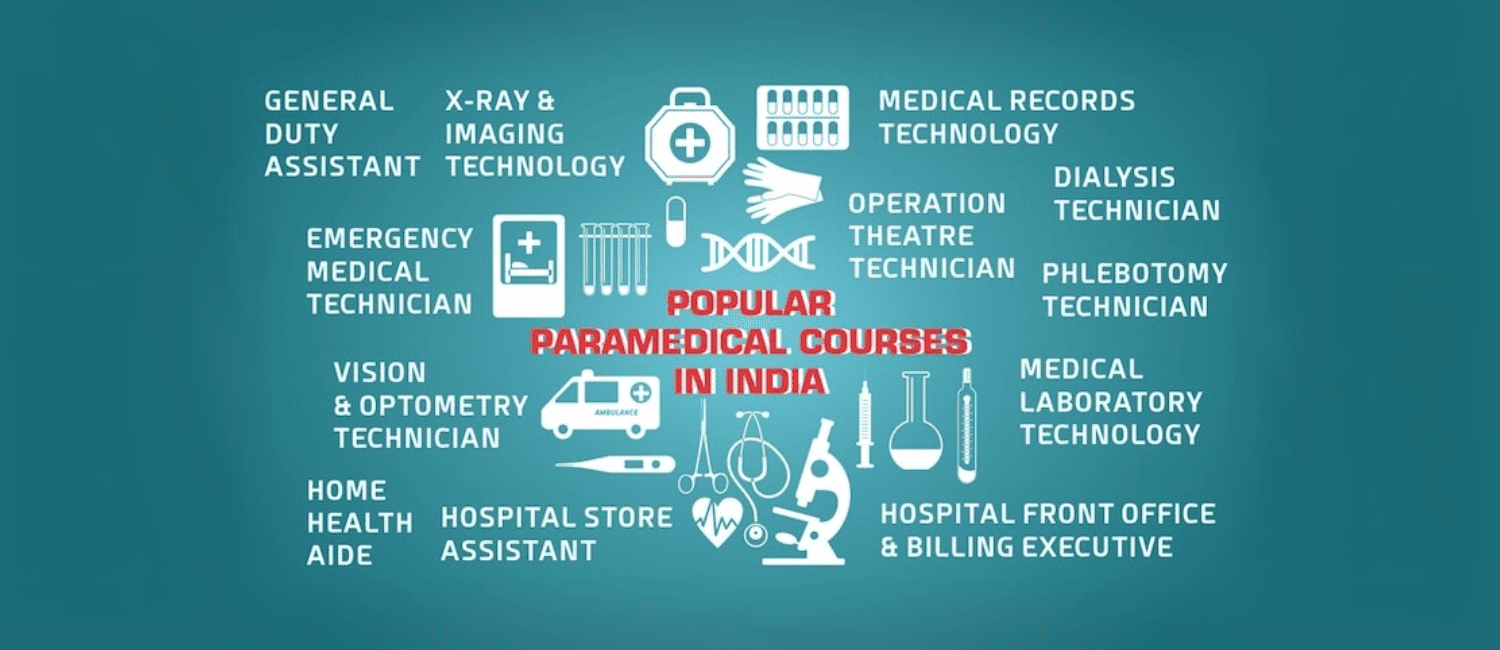
Top Paramedical Courses After 12th (PCB)
Here are some in-demand paramedical courses that are both high-paying and globally relevant:
What Does the Future Hold? Trends That Will Shape Your Career Tomorrow
Choosing a career is more than just picking what you like today—it’s about understanding where the world is heading. Students often ask, “Will this career still be relevant 10 years from now?” and parents wonder, “Is this a safe and sustainable path for the long run?”
Here’s a glimpse into the future—powered by global trends, new technologies, and changing industry needs—so you can prepare not just to fit in, but to lead the way.
AI and Automation Will Transform Every Industry
From finance to healthcare, and even creative fields—AI is becoming a powerful co-worker. But instead of replacing jobs, it will change how we work.
What it means: Careers that blend tech with human creativity—like AI ethics, healthcare robotics, or data-driven design—will thrive.
Be Future-Ready: Learn how to use tools like ChatGPT, AI design assistants, or basic coding alongside your main subject.
Remote & Hybrid Work Is the New Normal
Work is no longer tied to office desks. The global job market is opening up, and digital skills are becoming the new passport.
What it means: You could live in Delhi and work for a company in Dubai, London, or Singapore—without relocating.
Be Future-Ready: Focus on communication, digital collaboration, and self-discipline. Tools like Zoom, Slack, and Notion are becoming basic skillsets.
Sustainability Will Be Central to Career Growth
Green thinking isn’t just a trend—it’s becoming a business necessity. Industries are hiring professionals who can drive sustainable innovation.
What it means: From environmental law to green finance, eco-design, and renewable energy research—new career branches are emerging.
Be Future-Ready: Explore subjects like ESG (Environmental, Social, and Governance), circular economy, or climate tech. These are the “new MBAs” of the future.
Lifelong Learning Will Be the Norm
The concept of “study once, work forever” is fading. You’ll need to upskill continuously to stay ahead.
What it means: Micro-credentials, online certifications, and short-term courses will become regular checkpoints in your career.
Be Future-Ready: Choose a learning mindset—stay curious, be flexible, and never stop exploring. It’s the best way to stay relevant.
Human-Centric Skills Will Become Superpowers
As machines take over tasks, being human will become your biggest asset. Emotional intelligence, ethical reasoning, and creative thinking will be in high demand.
What it means: Careers that involve empathy, storytelling, leadership, or innovation will become even more valuable.
Be Future-Ready: Practice public speaking, volunteer, mentor someone, or lead a community project. These soft skills are your long-term career insurance.
Closing Note:
The future may feel unpredictable—but it’s also full of opportunity. With the right mindset and skills, you’re not just preparing for a job—you’re shaping a future where you belong and thrive.
Conclusion: What This Means for Aspiring Professionals
If your child is curious about science, has compassion for others, and wants to build a future-proof career — paramedical science is more than a backup plan. It’s a high-demand, high-impact field that offers speed, scale, and satisfaction.
The best part? You don’t need to follow the NEET rat race. You can start building a meaningful career in just 2–4 years — with global relevance and powerful growth.
Whether it’s behind the microscope, beside the patient, or leading a tech-integrated lab — the paramedical world needs sharp minds and big hearts. And there’s never been a better time to join it.
Resources & References
- World Health Organization (www.who.int)
- National Skill Development Corporation (www.nsdcindia.org)
- Healthcare Sector Skill Council
- Ministry of Skill Development & Entrepreneurship
